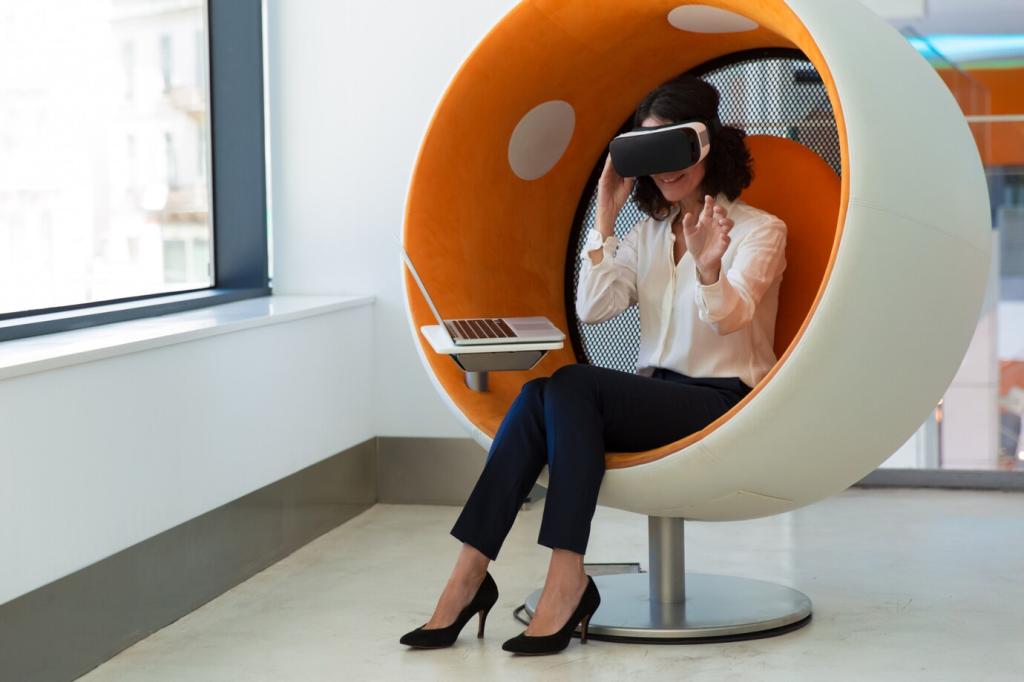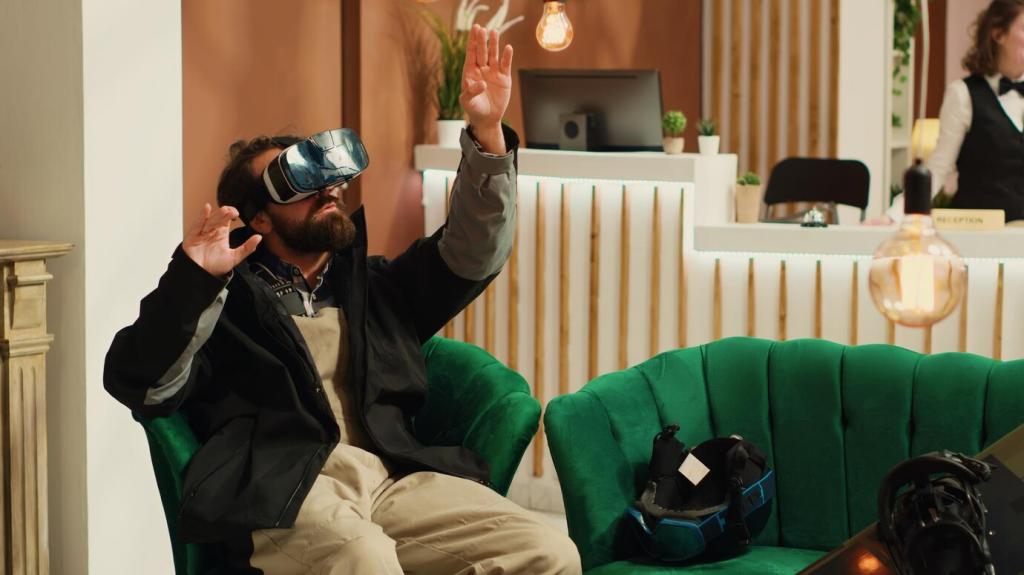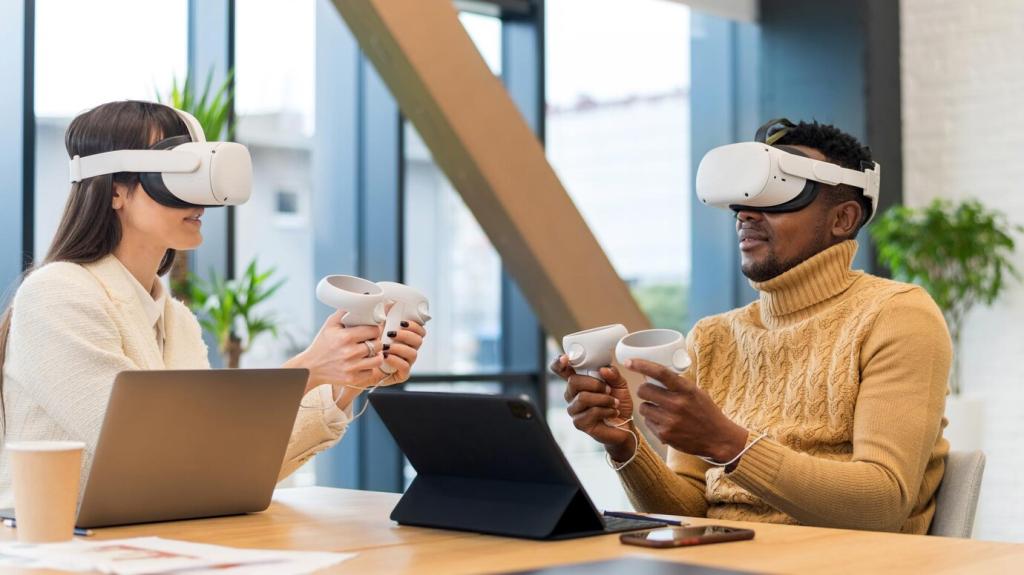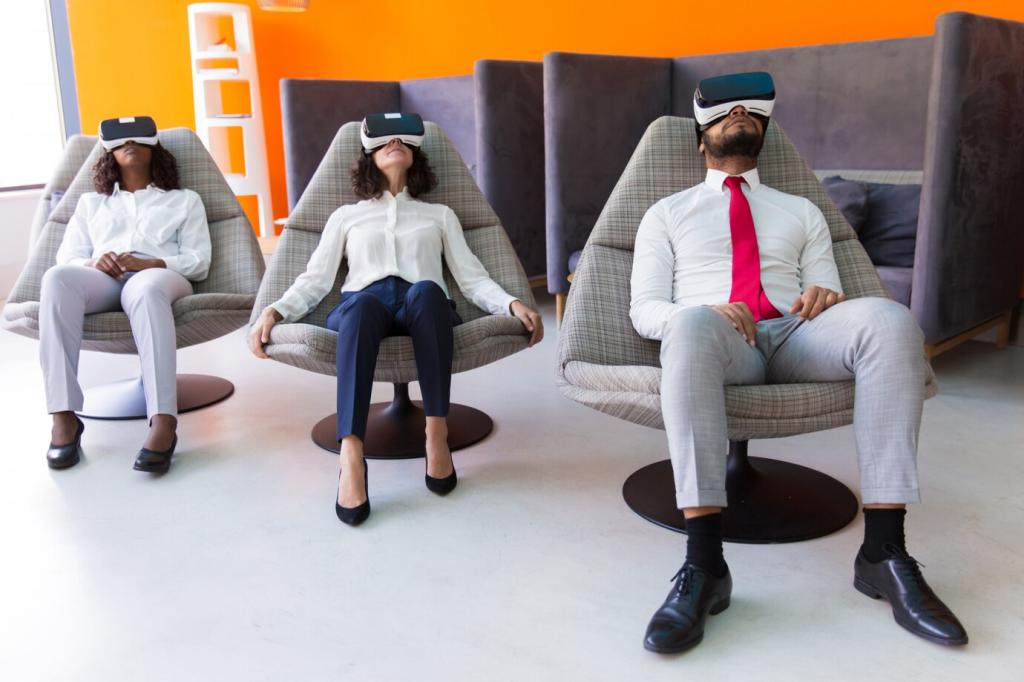
Advancements in Smart Home Technology
Smart home technology has undergone remarkable transformation over the last decade, revolutionizing the way we interact with our living spaces. Innovations in automation, user interfaces, and connectivity have made homes more secure, energy-efficient, and convenient than ever before. This comprehensive overview delves into the major advancements, influential trends, and the profound impact smart technology has on modern lifestyles. From AI-driven assistants to interconnected devices, discover how these powerful tools are shaping the homes of the future.
The Evolution of Home Automation
With the advent of smart lighting systems, homeowners can now tailor the ambiance of any room with unprecedented precision. These systems use sensors, wireless connectivity, and mobile apps to allow dynamic adjustments based on time of day, activity, or user presence. Adaptive lighting not only enhances comfort but also significantly reduces energy waste. The integration with virtual assistants enables effortless voice commands, making daily routines smoother and more enjoyable. As lighting solutions continue to evolve, features such as mood presets and circadian rhythm synchronization set new standards for personalization and well-being.
Smart thermostats and climate control devices exemplify how homes adapt to their occupants’ preferences with remarkable efficiency. Using real-time data from sensors and learning algorithms, these advanced systems automatically adjust heating and cooling based on schedules, room occupancy, and even weather forecasts. Remote access via smartphones allows users to optimize energy use from anywhere in the world. The result is not just improved comfort but also noticeable savings and a reduced environmental footprint. This shift toward proactive energy management marks a significant step forward in sustainable home living.
The centralization of home automation through dedicated hubs is streamlining disparate devices into cohesive ecosystems. Modern hubs serve as intelligent nerve centers, bridging compatibility gaps and enabling unified control over all connected devices. Whether through touch panels, smartphones, or voice-controlled assistants, homeowners enjoy synchronized experiences that were once inconceivable. Centralized systems simplify management, increase reliability, and allow for scalable growth as new technologies emerge, ensuring that homes can easily keep pace with the latest advancements.
Enhanced Security and Surveillance
Intelligent Door Locks
Smart door locks provide robust security through keyless entry, remote access, and real-time access logs. Users can grant temporary codes to guests, monitor door activity instantly, and even lock or unlock doors remotely through their smartphones. Biometric authentication and integration with smart assistants bring new levels of convenience without compromising safety. These advancements transform the conventional locking system into a dynamic security solution, capable of adapting to various family needs and responding to potential threats efficiently.
AI-Powered Surveillance Cameras
Modern surveillance cameras leverage artificial intelligence to streamline monitoring and detection. They identify unusual movements, recognize familiar faces, and even alert homeowners or authorities to suspicious activity automatically. Integrating seamlessly with other smart home devices, these cameras offer remote live feeds and cloud storage, ensuring continuous coverage and accessibility. Enhanced image resolution, night vision, and weather resistance add layers of reliability, providing comprehensive protection both indoors and outdoors.
Smart Sensors and Alarms
Smart sensors detect a wide range of risks, from unauthorized movement to environmental threats like fire, smoke, or carbon monoxide. These sensors are interconnected with the broader smart home ecosystem, ensuring prompt notifications across multiple devices if an anomaly is detected. Automation routines can trigger lights, alarms, or emergency calls instantly, providing rapid responses to emergencies. The adaptability and scalability of these systems contribute to a safer, more resilient home environment.

Advanced voice assistants are increasingly able to understand context, making conversations with devices feel more natural. They interpret user intent, remember preferences, and provide tailored responses based on previous interactions. Context-aware technology enables more complex commands, such as adjusting lighting while considering current activities, providing reminders, or adapting to changes in tone and language. This progression makes the user experience more intuitive, efficient, and satisfying.

The latest voice assistants facilitate communication among multiple devices within the same ecosystem. This multi-device synchronization allows users to manage several aspects of their homes simultaneously, like adjusting thermostats, playing music across rooms, and controlling security systems—all with a single command. The ability to coordinate actions among smart devices simplifies routines and enhances overall convenience, making everyday tasks faster and more manageable for everyone in the household.

Developers have dramatically widened the reach and utility of voice assistants by supporting multiple languages and accessibility-focused features. Users from diverse backgrounds can interact with these systems comfortably, irrespective of physical abilities or language barriers. Voice recognition technology now caters to a wider range of accents, speech patterns, and special needs, unlocking the full potential of smart homes for a global community and making technology truly inclusive.
Energy Efficiency and Sustainability
Intelligent power strips, automated outlets, and energy consumption monitors are transforming how households use electricity. These devices track usage patterns and automatically turn off appliances when they are not needed, helping users avoid unnecessary energy consumption. The insights provided by detailed analytics empower homeowners to modify their habits and increase efficiency. Smart power management systems are an essential component in reducing both utility bills and environmental impact, supporting a greener lifestyle effortlessly.

Entertainment and Connectivity
Whole-Home Audio and Visual
The ability to synchronize music, movies, and other media across multiple rooms creates a cohesive and immersive entertainment environment. Smart speakers, wireless sound systems, and smart TVs work in concert to deliver content wherever it’s desired. Automated routines can adjust lighting and sound to suit the mood or occasion, elevating evenings at home or social gatherings to new heights. This integration of audio-visual devices streamlines access to entertainment and enhances every moment spent at home.
Gaming and Virtual Reality Integration
Smart homes now offer dedicated support for gaming and virtual reality experiences. High-speed internet, VR-ready spaces, and compatible devices enable seamless gameplay and interactive entertainment. The integration of smart lighting and sound systems deepens immersion, while automation can create ideal gaming environments at the touch of a button. These advancements cater to a growing demand for richer, more interactive entertainment options, establishing the smart home as a center for digital fun and exploration.
Personalized Content Experiences
Artificial intelligence and adaptive software now recommend and personalize content based on preferences, viewing history, and even the time of day. Users no longer need to search extensively for what to watch or listen to, as smart systems curate selections and offer contextual suggestions. Parental controls, user profiles, and voice-activated controls further refine the experience, making home entertainment more engaging, accessible, and tailored to individual tastes and needs.

Previous
Next
Health, Wellness, and Accessibility
The integration of health-focused devices—such as sensors for heart rate, sleep quality, and movement—enables ongoing wellness tracking within the home. Continuous monitoring helps detect issues early, providing data that can be shared with healthcare professionals for informed decisions. Automated reminders ensure medication adherence and encourage healthy habits. Smart health tools are particularly valuable for seniors and individuals with chronic conditions, offering peace of mind to both users and their loved ones.
Interoperability and Standardization
Users often face challenges when trying to combine devices from different brands, but open standards and collaborative platforms are changing this dynamic. Technologies like Matter and Zigbee facilitate seamless communication among varied devices, enabling greater flexibility and freedom of choice. This interoperability ensures smart homes remain adaptable, scalable, and future-proof as new gadgets and services emerge.

Join our mailing list
